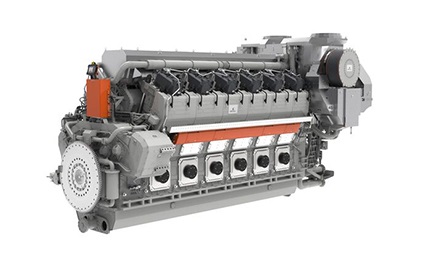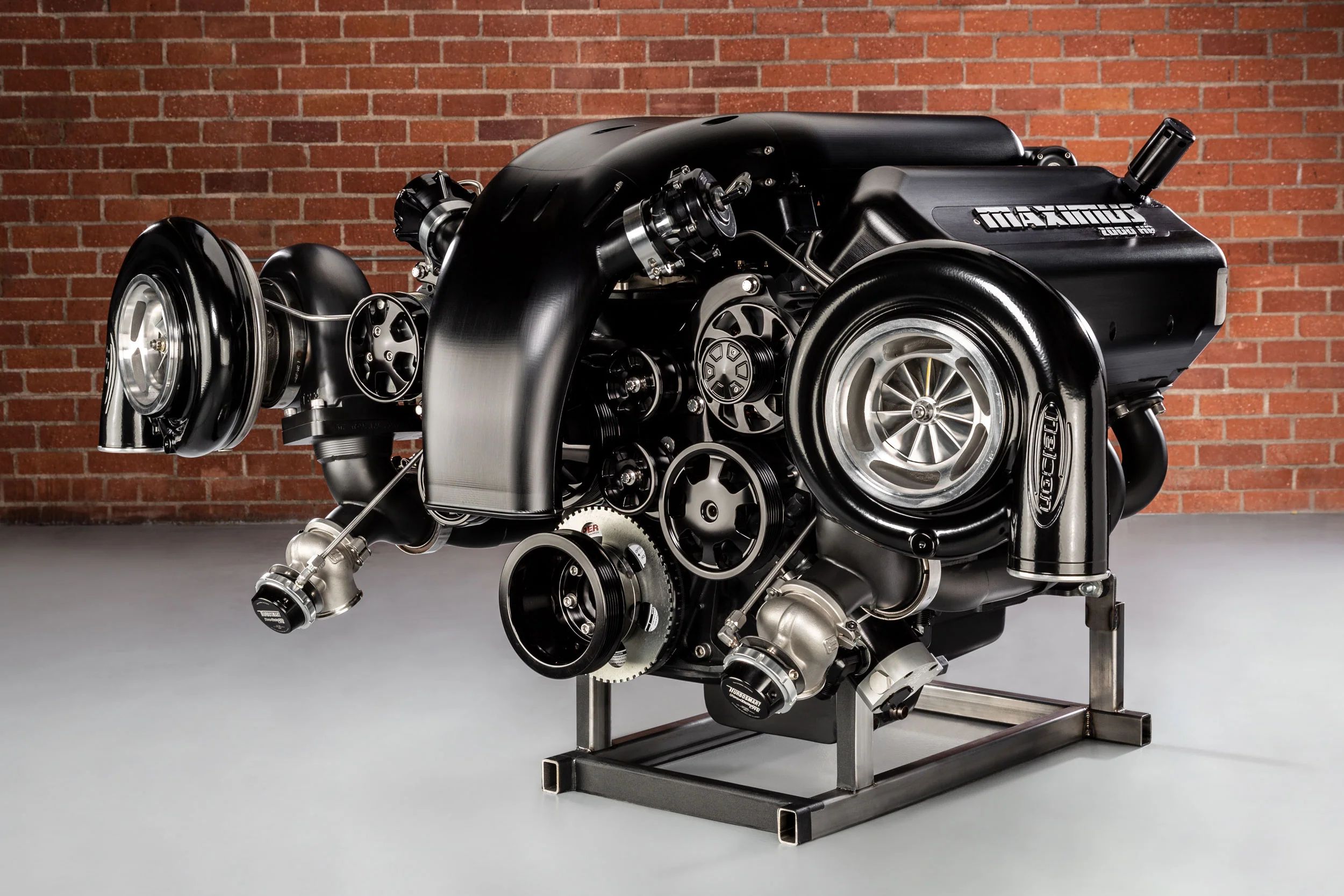Engines for Africa: Your Ultimate Auto Components Shop for Quality Vehicle Parts
Engines for Africa: Your Ultimate Auto Components Shop for Quality Vehicle Parts
Blog Article
The Pursuit for Ultimate Driving Power: Investigating the Pinnacle of Engine Performance and Technological Developments in the Automotive Sector
In the world of auto engineering, the pursuit of maximum driving power has actually been a ruthless mission that has actually unravelled through the evolution of engine design and the assimilation of cutting-edge innovations. From the precise workmanship of combustion engines to the fast developments in electrical propulsion systems, the automotive sector stands at the cusp of a new era identified by extraordinary performance capabilities. As designers and scientists delve much deeper right into the worlds of computational liquid dynamics and explore ingenious fuel innovations, the perspective of opportunities expands significantly. Remain tuned as we unwind the detailed tapestry of technological breakthroughs that are forming the future of auto power and efficiency.
Development of Engine Design

In addition, the assimilation of turbocharging and supercharging technologies has actually transformed engine design by increasing power without significantly raising engine dimension. These forced induction systems compress the intake air, enabling even more gas to be ignited, consequently generating greater power outcome from a smaller sized engine. This development has been specifically important in improving the efficiency of smaller sized displacement engines while maintaining gas effectiveness requirements.

Performance-Enhancing Gas Technologies
The execution of sophisticated fuel modern technologies has considerably added to enhancing engine efficiency in contemporary vehicles. From conventional fuel and diesel to ingenious biofuels, synthetic fuels, and hydrogen, the auto market is observing a revolution in fuel choices. Biofuels, originated from renewable resources like sugarcane, corn, or algae, offer lowered discharges and boosted engine performance. Artificial fuels, produced via chemical processes, supply high octane scores, improving power result. Hydrogen fuel cells, although still in the beginning of adoption, show wonderful promise as a result of their zero-emission nature and possibility for high efficiency. Furthermore, gas additives and detergents are being formulated to tidy engine components, maximize combustion, and reduce friction, thus enhancing general vehicle efficiency. With ongoing r & d, the quest for the best driving power proceeds, as designers make every effort to open the full potential of performance-enhancing fuel technologies in the vehicle industry.
Improvements in Electric Propulsion
Substantial strides in electric propulsion modern technology have actually reinvented the vehicle sector, leading the way for a new age of lasting and effective transportation. Electric cars (EVs) are gaining appeal as a result of their ecological advantages and improvements in battery modern technology, enabling longer driving ranges and much shorter charging times. Producers are investing greatly in r & d to enhance the performance of electric propulsion systems, focusing on increasing power result, enhancing energy effectiveness, and minimizing overall weight.
One remarkable innovation in electric propulsion is the advancement of innovative electric motors that provide greater torque and power density, resulting in enhanced velocity and general driving efficiency. In addition, regenerative stopping systems have actually been fine-tuned to keep and record energy throughout slowdown, further increasing the effectiveness of EVs.
Furthermore, the assimilation of clever innovations, such as fabricated knowledge and predictive analytics, is enhancing the administration of electrical propulsion systems, making sure ideal efficiency under different driving conditions. These developments in electric propulsion are reshaping the automobile landscape, driving the sector towards a much more lasting and electrified future.
Impact of Computational Liquid Dynamics
With improvements in electric propulsion pressing the limits of auto modern technology, the combination of Computational Fluid Dynamics is playing a internet crucial role in maximizing aerodynamic performance and enhancing total effectiveness in vehicle layout. Computational Liquid Characteristics (CFD) entails making use of computer simulations to evaluate the circulation of air around a lorry, making it possible for engineers to forecast just how design adjustments will certainly affect the rules of aerodynamics without the need for costly physical models. By accurately modeling airflow patterns, CFD enables the improvement of automobile forms to reduce drag, boost air conditioning, and improve stability.
CFD allows designers to maximize airflow around elements such as radiators, engine bays, and wheel wells, contributing to boosted performance and overall driving experience. In conclusion, the assimilation of Computational Fluid Characteristics represents a significant step onward in the pursuit for utmost driving power and effectiveness in the vehicle industry.
Future Trends in Engine Innovation
In the dynamic landscape of auto design, innovative developments are forming the future trajectory of engine innovation. The future of engine design is noted by a strong emphasis on efficiency, performance, and sustainability. Producers are significantly concentrating on establishing engines that not just deliver high power results however also focus on ecological duty by minimizing emissions and enhancing gas effectiveness.
One prominent pattern his comment is here in engine innovation is the surge of electrification. Crossbreed and electrical powertrains are acquiring traction as feasible choices to conventional burning engines. These technologies provide the capacity for considerable reductions in carbon exhausts and enhanced energy efficiency, aligning with global initiatives to fight environment change.
Moreover, developments in materials science and production techniques are making it possible for the production of lighter and a lot more durable engine elements. This change towards light-weight products such as carbon fiber and light weight aluminum alloys adds to improved performance and fuel economic climate.
Final Thought
To conclude, the search of utmost driving power in the automotive industry remains to drive advancements in engine design, gas modern technologies, electrical propulsion, and computational fluid characteristics. The development of these technologies is forming the future of engine innovation, leading the way for more effective and effective vehicles (engines for africa). As the sector remains to press the limits of what is possible, we can expect to see much more groundbreaking growths in the pursuit for peak efficiency
One of the crucial turning points in engine layout evolution is the transition from conventional carbureted engines to modern fuel-injected systems. By precisely metering the gas delivery to each cyndrical tube, fuel-injected engines enhance combustion, resulting in much better efficiency and decreased environmental impact.
Furthermore, the integration of turbocharging get more and turbo charging technologies has transformed engine style by improving power without significantly increasing engine size (engines for africa).The implementation of sophisticated fuel innovations has actually significantly added to boosting engine efficiency in modern vehicles. Furthermore, gas ingredients and cleaning agents are being formulated to clean engine elements, optimize burning, and minimize rubbing, therefore enhancing overall car performance
Report this page